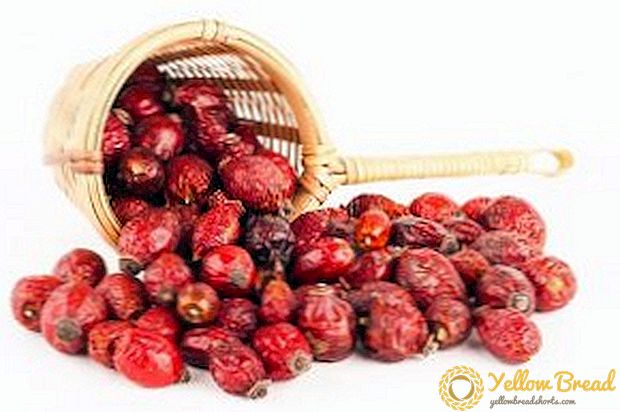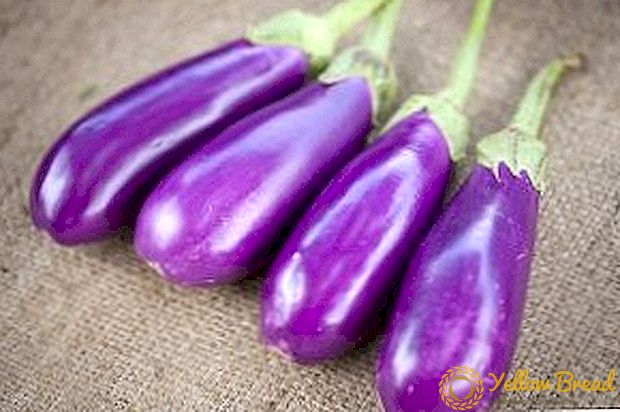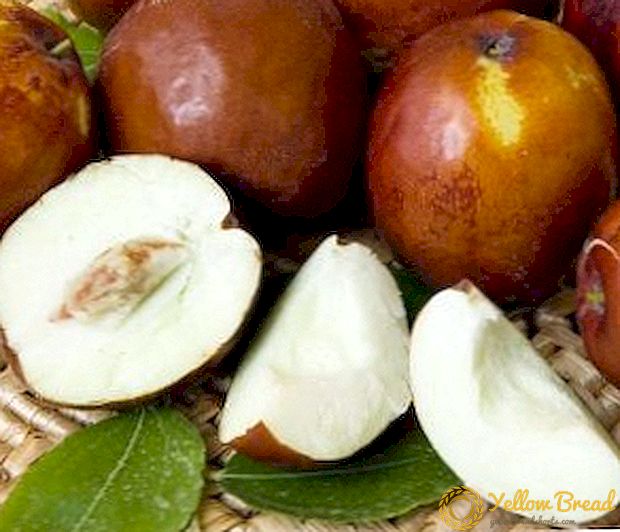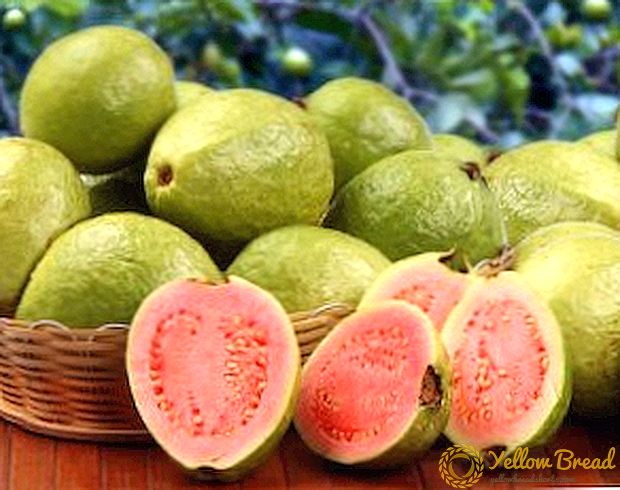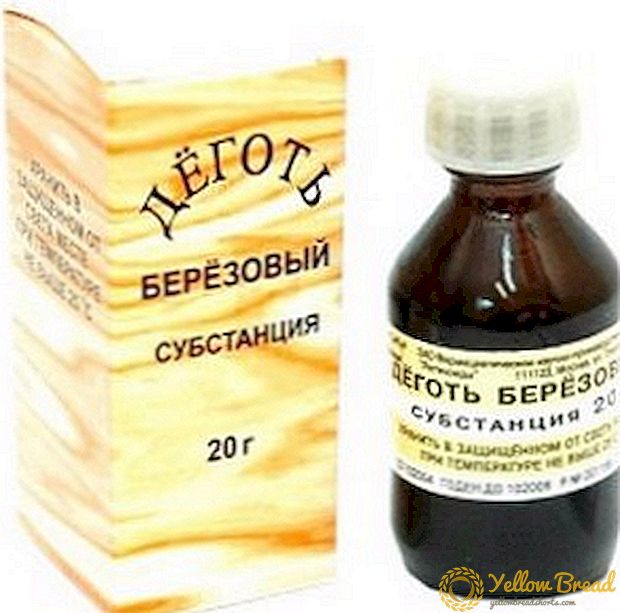
Bitter or hot pepper is an original seasoning, which gives a special piquancy to meat and vegetable dishes. It is added to sauces, canned and dried. You can grow beautiful bright peppers in the garden, in the greenhouse and even in the apartment.
Pots with compact bushes will decorate the loggia or window sill. When choosing the right variety and attentive care, a good harvest is guaranteed, and it can be harvested several times a year.
Today we will discuss the following topic - hot pepper: growing from seeds, when to plant and how to care for seedlings?
Choice varieties for home and greenhouses
It is a perennial plant with a compact bush, decorative foliage and bright fruits. Peppers can be grown in an apartment or a greenhouse. Some varieties are suitable for open ground.
Breeders deduced many varieties that differ in flavor nuances and fruit size, yield, rate of ripening. At home, more often cultivated varieties and hybrids of Dutch, Polish or Russian breeding.
Varieties of hot pepper for growing houses:
Small miracle - variety of Dutch breeding, suitable for home cultivation.Abundant fruits, fruits are small, orange, red or yellow. The taste is spicy, but delicate, perfect for sauces.

Red fat man - variety of Russian selection. A sufficiently tall bush is abundantly covered with large cone-shaped fruits suitable for canning. It is possible to grow up both in the greenhouse, and in an open ground.

Astrakhan - Russian variety, characterized by high yield. Compact bushes give many small elongated bright red fruits with an unusually spicy taste. Used for making tinctures and sauces.

Ukrainian spicy - A small bush, excellent growing in a greenhouse or pot. The fruits are very long and thin, with a spicy burning taste.

Flame - medium-fruited variety. Fruits are bright red, elongated, very juicy. Widely used in cooking. Preferably greenhouse cultivation.

Jalapeno - Hot pepper, popular in Latin American cooking, has red or green small fruits. The taste is moderately sharp, recognizable. Fruits are well stored, the variety is quite fruitful.

After selecting the variety, we will describe how to grow bitter pepper from seeds at home?
Seedling preparation
Hot pepper needs a light soil with moderate acidity. The ideal mixture consists of old garden soil, peat and washed sand.. You can use and purchased soil mixture, which added humus.
The seedlings of bitter pepper: the cultivation and care. Sow seeds need in February. Before sowing, they are sorted, taking away the empty and ugly. To accelerate the germination and strengthen the seeds can be soaked in an aqueous solution of growth stimulant for 10-12 hours. After that, the seed is washed and wrapped in wet gauze to swell.
A spacious plastic or ceramic container is thoroughly cleaned and boiled. Drainage is placed on the bottom: broken shards, river pebbles or expanded clay. The ground is poured on top and watered abundantly with heated distilled water. When the soil cools down, holes are made in it that are no more than 1.5 cm deep.
A seed is placed in each and covered with earth. The container is closed with a film and placed in a warm and well-lit place. Peppers can be sown in peat pots installed on a deep pan.
Sprouts appear one week after sowing. They need to be carefully examined, the weak can be removed so as not to interfere with the development of promising seedlings. With this approach, no picking is needed. When young plants stretch to 20 cm, the top of each pinch gently to stimulate the development of lateral shoots.
Some gardeners prefer to sow bitter pepper in autumn in order to get abundant fruiting in spring.
Seedlings for greenhouses
 Planning to grow peppers in the greenhouse, you need to prepare a fertile soil in advance, spreading it into ridges. For greenhouses, hot pepper seedlings in peat pots are more convenient., she is better accustomed and practically does not get sick.
Planning to grow peppers in the greenhouse, you need to prepare a fertile soil in advance, spreading it into ridges. For greenhouses, hot pepper seedlings in peat pots are more convenient., she is better accustomed and practically does not get sick.
Transplantation is carried out when the ground is warm enough, usually it happens in late spring. In the greenhouse of the continuous cycle, heated all year round, the plant is planted at any convenient time.
How to distinguish seedlings from hot pepper sweet? Some gardeners prefer not to grow seedlings on their own, but to buy it on the market or in nurseries.In order not to confuse hot pepper seedlings with sweet seedlings, you need to carefully consider the plants. In bitter stems noticeably thinner, and the leaves already.
The older the seedlings, the more noticeable the difference becomes. You can lightly bite the leaf of the plant. Green pepper has a brighter, slightly burning taste.
Experienced breeders do not recommend putting hot and sweet peppers nearby.. Perhaps inter-pollination and both species will lose their taste. When planting plants in a greenhouse, place them as far away from each other as possible, and better separate them with partitions.
Growing hot pepper seedlings at home
We describe in detail how to grow seedlings of bitter pepper at home?
The grown seedlings of room pepper are moved to spacious ceramic or plastic pots. The ideal height is 40-50 cm. Drainage is laid at the bottom of the tanks, the plants are moved to a new location by means of transshipment.
 Bitter pepper prefers good lighting, warm and moderate watering.. The pot should be placed on the loggia, glassed-in balcony or window sill.
Bitter pepper prefers good lighting, warm and moderate watering.. The pot should be placed on the loggia, glassed-in balcony or window sill.
A light day of at least 12 hours is desirable, so in winter and autumn it will be necessary to arrange additional lighting.
In the penumbra, the stems are stretched, the ovaries are formed poorly and can fall. For better insolation, you can regularly remove excess lateral shoots.
Water the plant should be soft water at room temperature, 2 times a week. It is preferable to watering through the pallet, but before applying fertilizer it is necessary to moisten the earthen room above. Fresh air is useful to peppers, the rooms where the pots are placed should be aired often and the soil in the pots should be loosened regularly.
Bitter pepper loves nutritious soil. During the period of active growth every 2 weeks an aqueous solution of fertilizers is applied to the pots.. Superphosphate, potassium sulfate and ash are preferred, and universal complexes work well (Kemira and others).
For successful fruiting it is necessary to maintain a stable temperature. Perfect mode - 22 degrees by day and no less than 17 at night. Pepper does not tolerate even short-term frosts, the exhausting summer heat is also destructive for it.In the period of particularly active sun bushes are recommended pritenyat.
Increase productivity will help timely pinching. On the bush 1-2 is left the strongest escape, the rest are removed. Formed shrub looks neater, the plant does not spend power on a set of green mass, focusing on the ovaries. For greater stability, the fragile stem can be tied to a support.
Pepper belongs to self-pollinating crops, but many gardeners prefer to stimulate pollination by regularly shaking the pot or sweeping the inflorescences with a cotton swab.
In the dry and warm air of apartments, plants can be affected by spider mites. For the prevention of plants and the air around them should be regularly sprayed with warm water. Having found cobwebs, the affected plants are treated with an aqueous solution of an insecticide. Struck a bush better to make a separate room. The treatment is carried out until complete removal of pests.
 Harvest can be gradually, focusing on the technical ripeness of the fruit.
Harvest can be gradually, focusing on the technical ripeness of the fruit.
Those who want to get high-quality seeds, you need to choose a few peppers and leave them on the bush until fully ripe. The collected seeds are suitable for sowing within 3 years after harvest.
After the end of fruiting, pepper bushes are cut in half and transplanted into a new soil. Then the bush moves to a well-lit place (to the south or southeast window). Watering increases after the active formation of new shoots. With timely pruning for the year with one bush you can get three crops of hot peppers.
Starting the cultivation of hot peppers at home, you can arrange at home a real greenhouse. When planting new varieties, it is worth trying to cross them, achieving new interesting results. Collecting seeds, you can fix the results of the experiment and even get your own interesting hybrid.
Useful materials
Read other articles on pepper seedlings:
- How to grow black pepper peas, chili, sweet at home?
- The main reasons why the leaves are twisted at the shoots, the seedlings fall or stretch.
- Terms of planting in the regions of Russia and features of cultivation in the Urals, in Siberia and the Moscow region.
- Learn yeast based fertilizer recipes.

